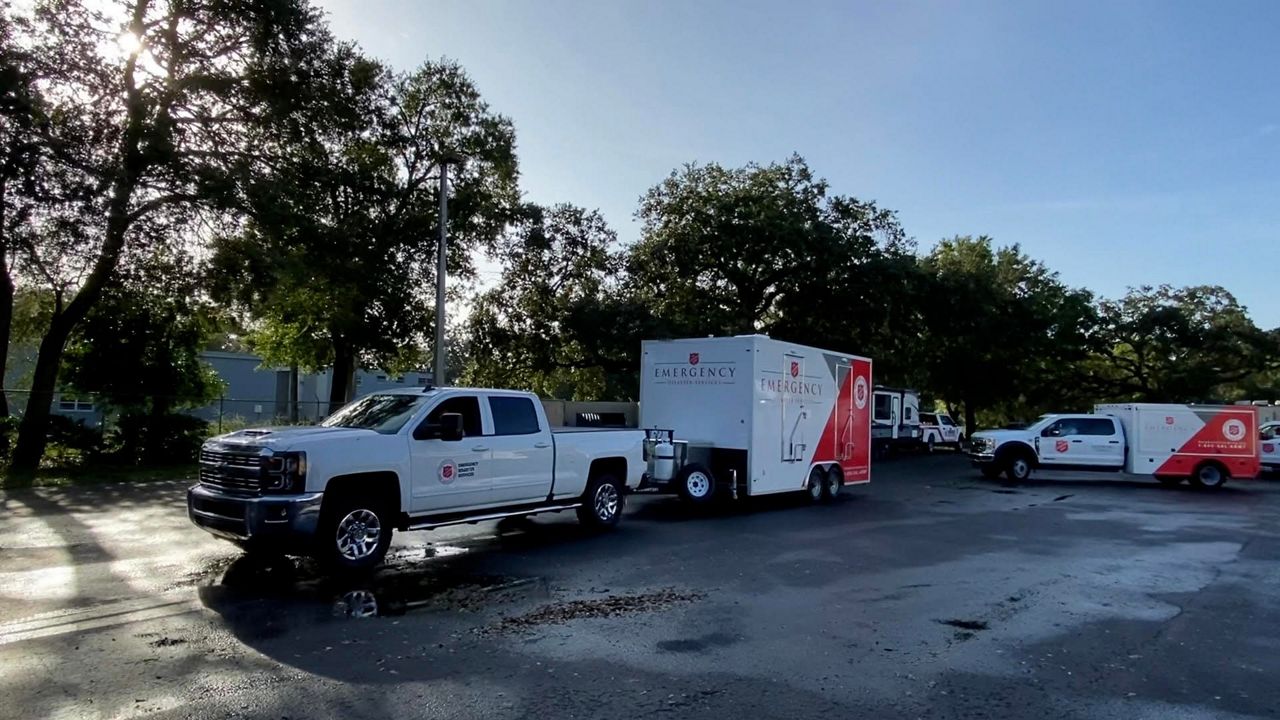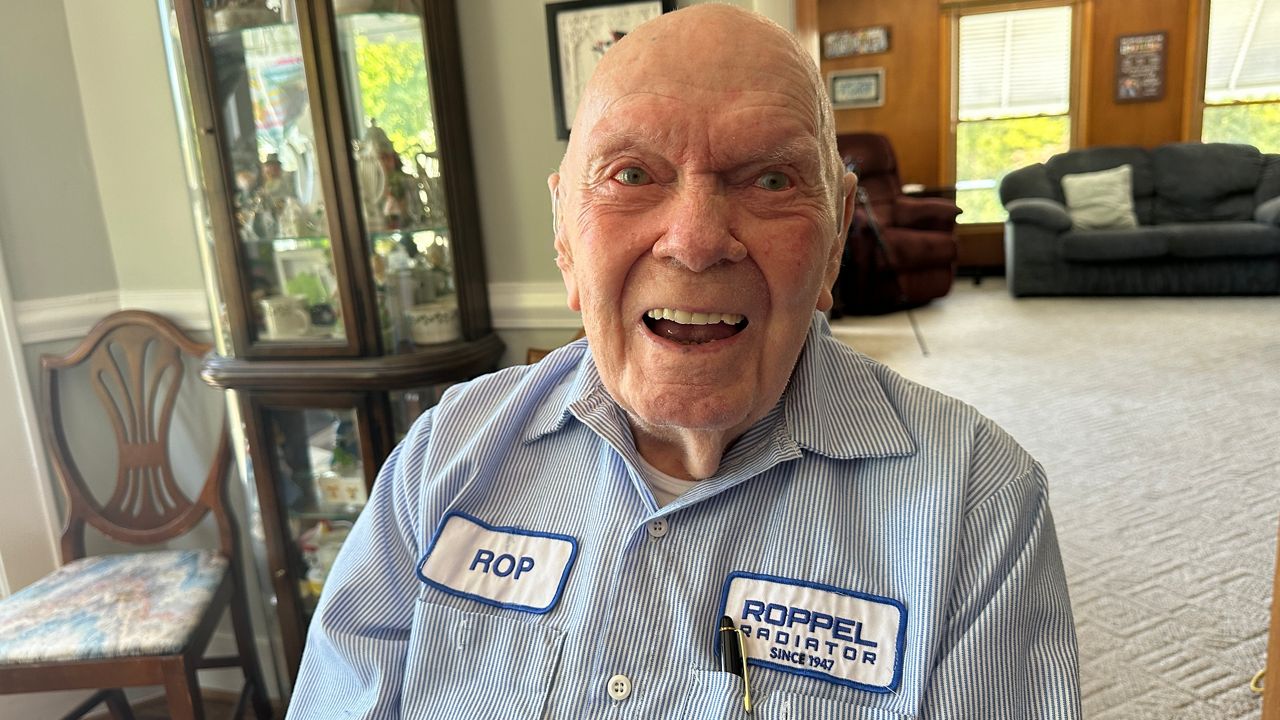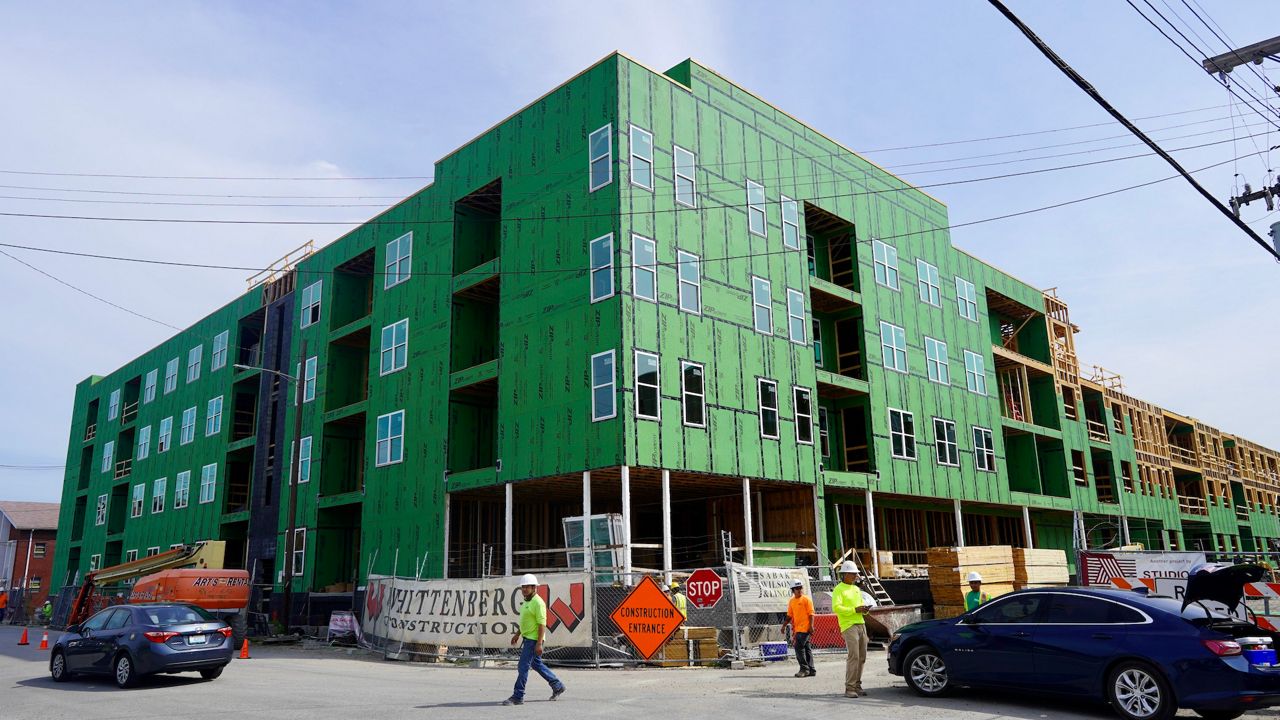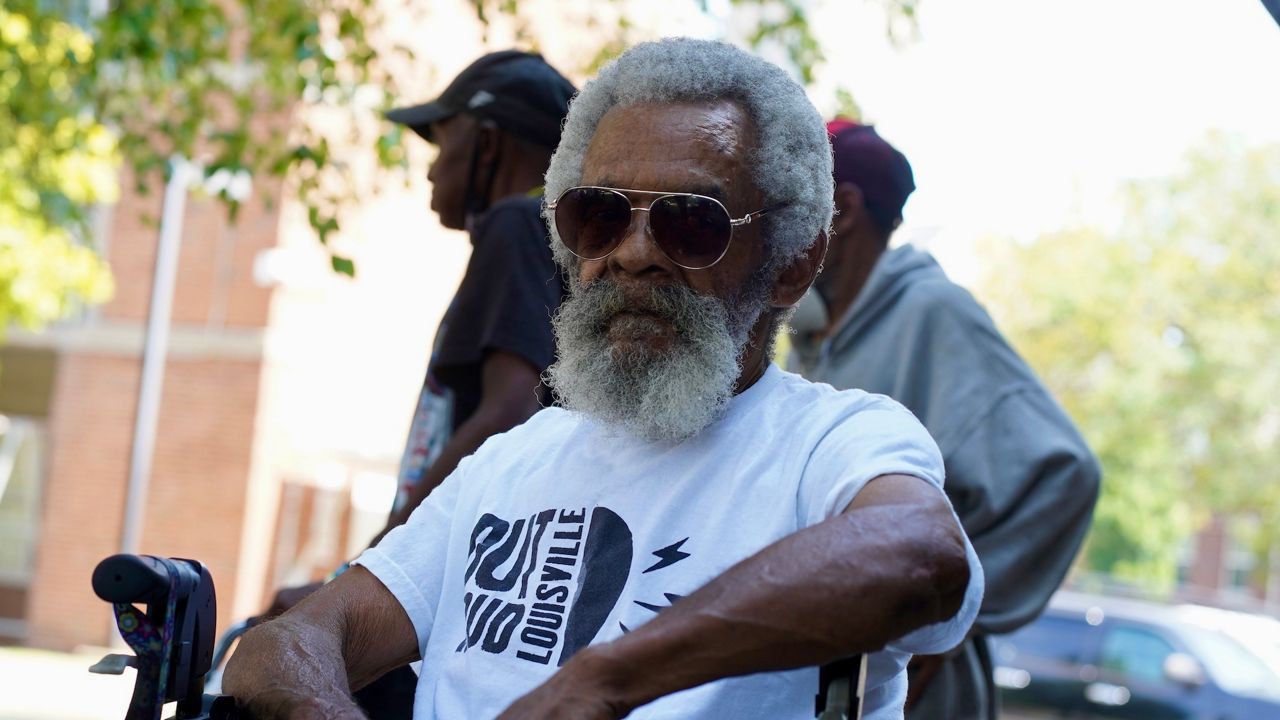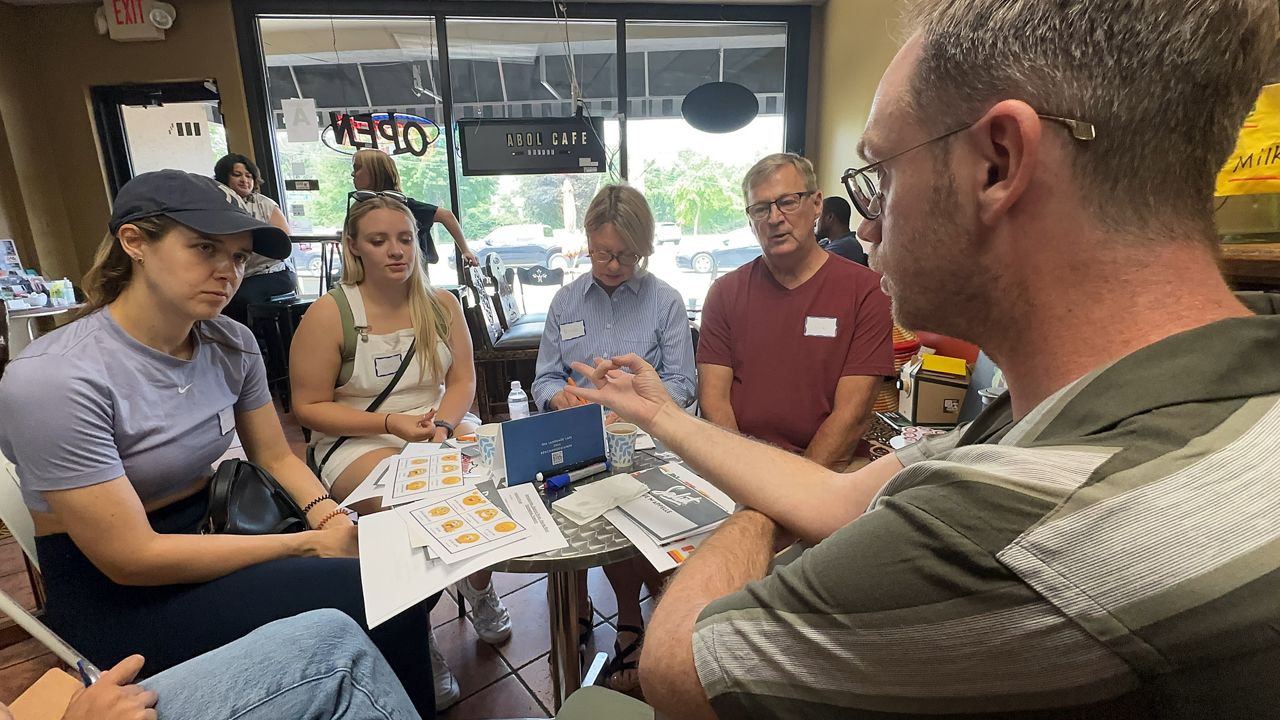LOUISVILLE, Ky. — Joseph Mallard’s nickname is “Sunshine Joe” because of his radiant personality, lighting up every room he goes into, but one thing you won’t know just looking at Joe is he battles with sickle cell anemia.
Mallard says he didn’t even know what sickle cell was until he was diagnosed at the age of 31. But Joe doesn’t let this genetic blood disorder stop him from pursuing his passions of stitchery and textile art which was passed down by his grandmother.
Mallard says when he sits and quilts, he finds a peace that lets him escape reality. He found he could be an activist and stitch about current events.
“When people look at my quilts, the thing that I'm most pleased about is that the more you look, the more you see.” Said Mallard
After Mallard’s diagnosis, he wrote a poem about dealing with sickle cell.
“Life is beautiful and it can be real. It all depends on your free will, going places and doing things just naturally spreading your wings. Being honest and being real is the only way to give yourself a fair deal. Keep your mind open and your spirits high. You can do anything, even touch the sky.” Said Mallard
This is Mallard’s motto for life; he tries to be an encouragement to other young people who are also living with sickle cell.
“The doctors tell me that most people don't live to be even 30 years of age. Today, I am 81 years of age and sickle cell, I don't care what it is. I am going to live my life to the fullest.” Said Mallard
Hoping to inspire others that a vibrant life is still possible with sickle cell.
Joe Mallard has made 14 quilts one of which can be seen at the Frazier Museum in downtown Louisville.




